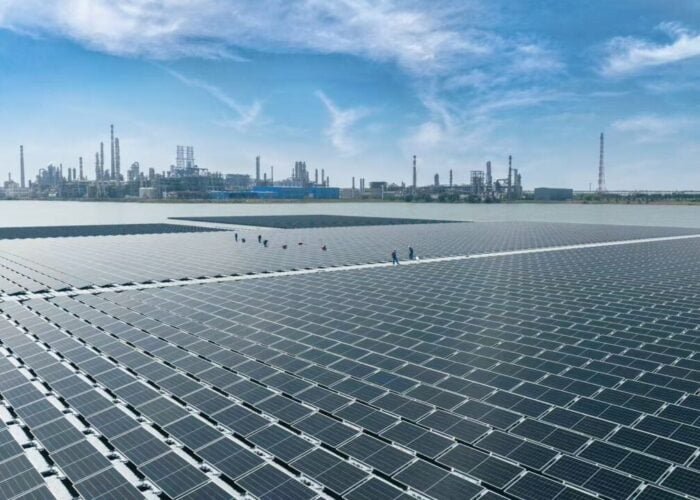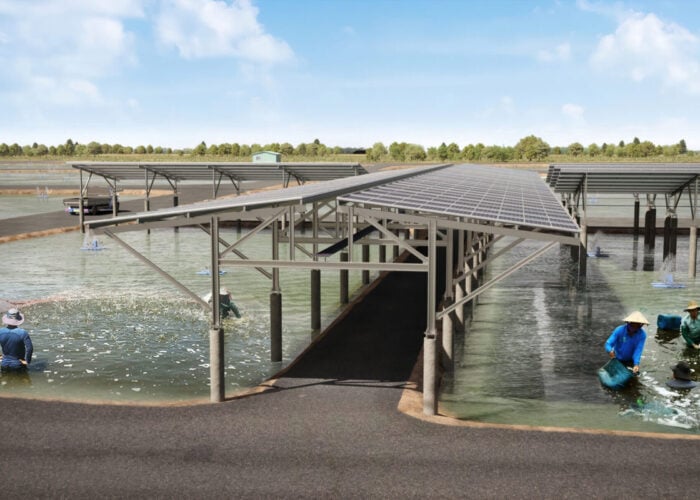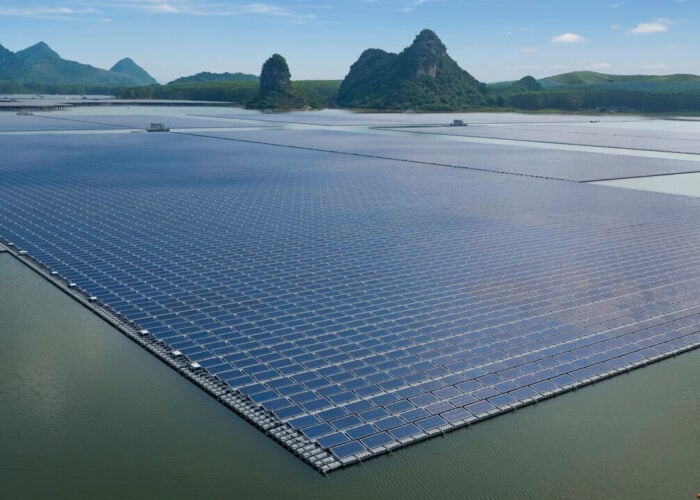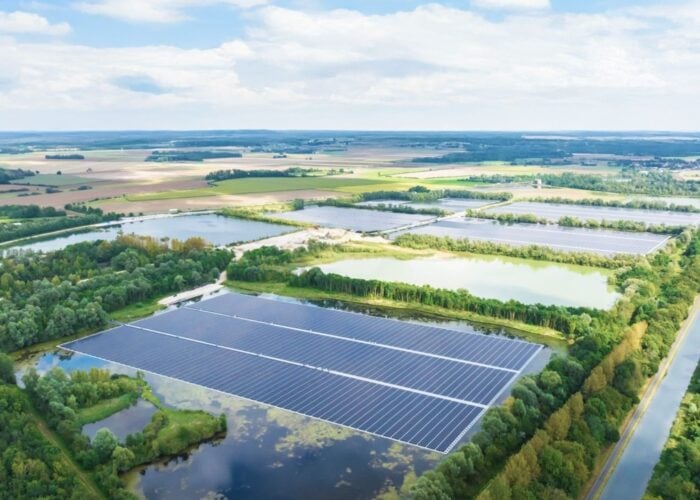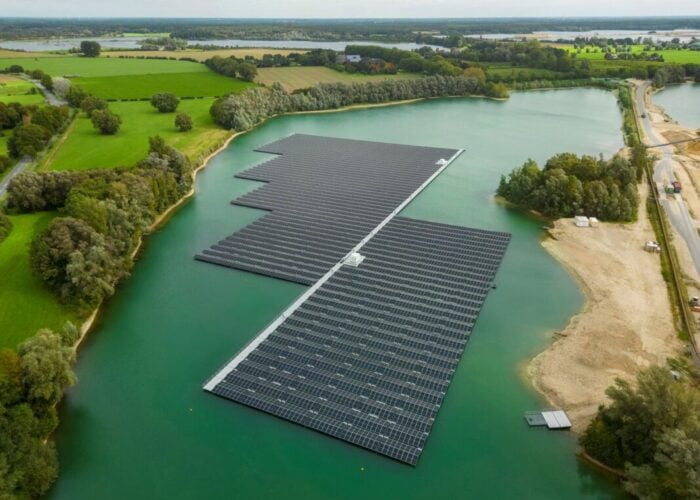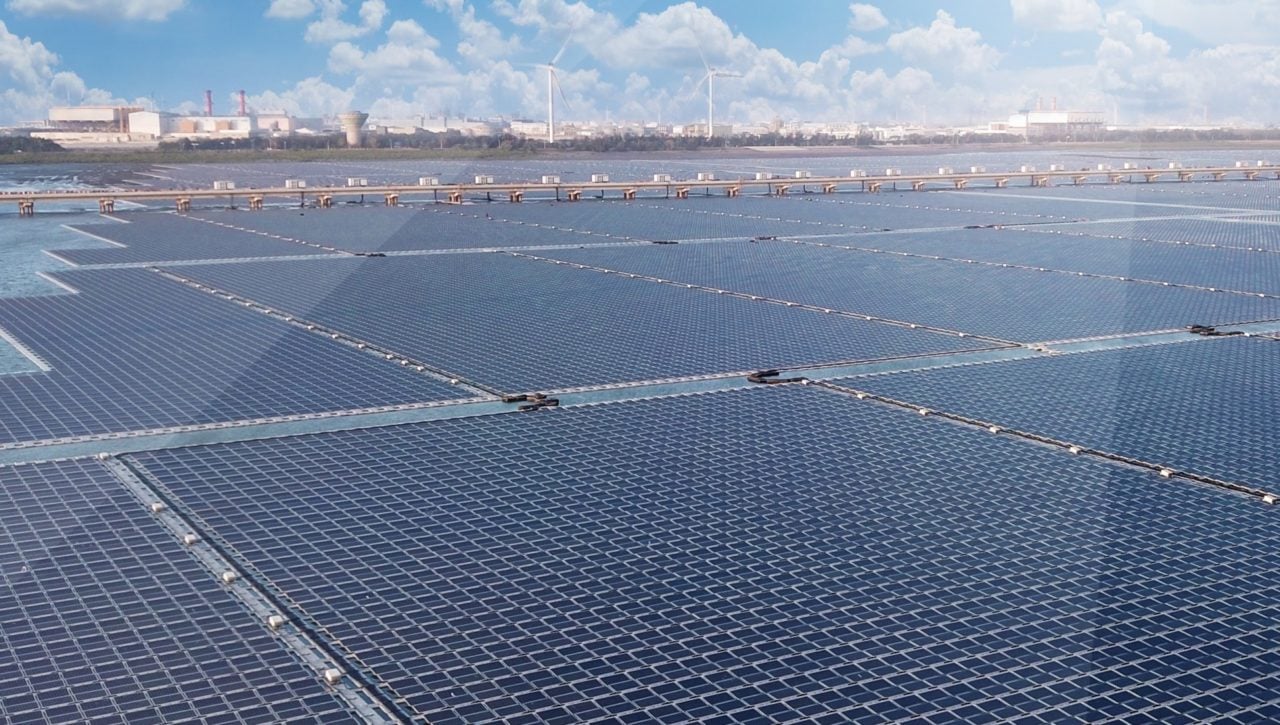
Chenya Energy is planning to further expand its floating PV (FPV) portfolio following the completion of the world’s largest offshore solar plant, a 181MWp project off the west coast of Taiwan.
The Taiwanese company currently has 68MW of FPV under development and will mainly focus on floating projects to grow its solar portfolio and help the country reach its target of 20GW of installed PV by 2025.
Unlock unlimited access for 12 whole months of distinctive global analysis
Photovoltaics International is now included.
- Regular insight and analysis of the industry’s biggest developments
- In-depth interviews with the industry’s leading figures
- Unlimited digital access to the PV Tech Power journal catalogue
- Unlimited digital access to the Photovoltaics International journal catalogue
- Access to more than 1,000 technical papers
- Discounts on Solar Media’s portfolio of events, in-person and virtual
Surrounded by the ocean and with a high population density, Taiwan presents challenges for solar developers looking for suitable land for large-scale projects, a Chenya Energy spokesperson told PV Tech.
With space on land at a premium, the government has prioritised the development of offshore clean energy projects to help reach its ambition of sourcing 20% of its electricity from renewables by 2025, a strategy welcomed by Chenya.
“The government has provided sound supportive measures for the development of floating solar photovoltaics, which include land inventory, establishing multiple sources of funds, promoting banks to finance solar photovoltaic establishment and promoting the talent development of solar photovoltaic industry,” the spokesperson said.
In line with the government’s aim to rely on renewable sources to offset a reduction in nuclear and coal-fired power output, a recent Fitch Solutions report forecasts the country to add 20.4GW of solar and wind between now and 2030.
Chenya Energy completed the 181MWp offshore FPV project following 16 months of construction. Called ‘Lunwei East No. 1 and No. 2 Photovoltaic Power Station’, the facility is located in Changhua County, Taiwan’s most densely populated county.
Modules at the plant are fixed to a mooring frame and floats that are supported by concrete anchors, with the installation sitting on the seabed during low tide and floating when the tide rises.
Despite concerns from financiers surrounding the construction schedule (which could have affected the feed-in tariff for the project) and the potential danger of earthquakes and typhoons, Chenya was able to secure TWD7.2 billion (US$240 million) in financing from seven banks for the facility last year.
Completion came months after Chenya Energy was acquired by Japanese trading giant Marubeni. At the time, Marubeni said the acquisition would allow it to gain expertise in the floating solar market, an area it plans to expand on in Taiwan and other regions.
While Chenya’s development is the largest offshore solar project of its kind, the second phase of the 320MW Cixi plant was completed at a reservoir in China last year, making it the world’s largest floating solar plant. This is set to be overtaken next year by the 1.1GW first stage of a South Korean project deployed inside the Saemangeum seawall that will expand to 2.1GW when fully operational in 2025.
For more on this project, be sure to read the forthcoming Volume 26 of PV Tech Power, to be published later this month, which includes a feature uncovering the driving factors behind Asia's floating solar status and what other markets need to learn from it. You can subscribe PV Tech Power via the PV Tech Store.

